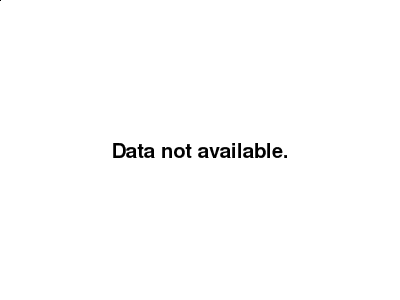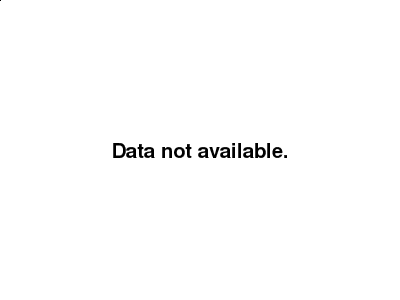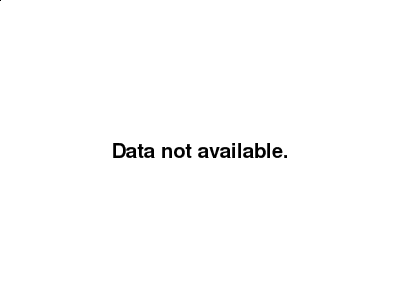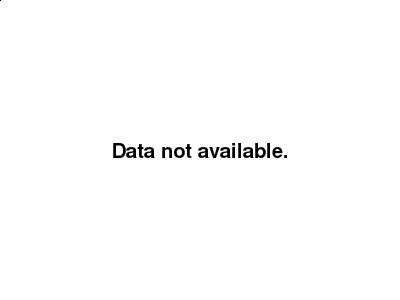Friday September 9: Five things the markets are talking about
Policy inertia by Tier 1 central banks so far this month is contributing to a lack of meaningful price movement amongst the various asset classes.
Yesterday, the ECB came and went, insisting that the market move on as Draghi failed to provide any new tweaks to their stimulus measures as some had hoped – seven-day refinancing rate unchanged at +0.00%; left the deposit facility rate unchanged at -0.40% and marginal lending facility at +0.25%, while maintaining its monthly asset purchase target at +€80b.
Investors must now shift their focus to the Bank of Japan (Sept 19) and the Fed (Sept 20). Governor Carney’s “Old Lady” (Sept 15) is not considered to be apart of the equation this time around. Despite the markets constant chatter on the timing of the next Fed hike; the greatest market uncertainty appears to relate to Japanese financial markets and intentions of the BoJ. It’s not the dollar that investors need to worry about, but the yen moves over the next fortnight that may cause a few dealers some problems.
1. Equities see red
No real surprise to see Euro bourses struggle amid continued disappointment over the ECB decision not to ease policy further this month.
Currently, Stoxx Europe 600 is trading down -0.2% in early trade, led lower by shares of health care and real estate companies. Finding some reprieve are financial stocks on the “no” rate announcement. Softer crude prices are weighing on the FTSE 100.
Elsewhere, news of a fifth North Korean nuclear test weighed on shares in Asia, with stocks in Shanghai, South Korea and Australia all ending lower. The exception was China; its markets fared better, with soft CPI data potentially renewing the case for additional policy easing by the PBoC.
Futures point to a -0.1% opening dip for the S&P 500.
Indices: Stoxx50 flat at 3,084, FTSE -0.1% at 6,851, DAX -0.1% at 10,663, CAC-40 -0.1% at 4,537, IBEX-35 +0.1% at 9,111, FTSE MIB -0.2% at 17,345, SMI +0.1% at 8,321, S&P 500 Futures -0.1%

2. Crude off its highs, gold little changed
Oil prices are on the back foot this morning; mostly on profit taking after yesterday’s +4.5% rally on the back of a 17-year record drawdown in U.S. crude inventories. U.S EIA reports dropped -14.5m barrels last week to +511.4m barrels; the biggest weekly drop in stockpiles since January 1999.
Brent crude (Nov contract) is down -36c at +$49.63 a barrel. It settled up +$2.01, or +4.2%, at $49.99 Thursday. WTI (Oct contract) is trading down –35c at +$47.27, after settling up +$2.12, or +4.7%.
Crudes price rise this week has nothing to do with fundamentals. U.S imports fell as ships delayed offloading cargoes in Texas and Louisiana due to tropical storm Hermine.
Investors can expected the energy market to be consumed by the OPEC meeting (Sept 26-28) over the next two-week. Will member states be able to curtail global production to stabilize world prices? Looking at the past records, the answer is probably no to any consensus.
Gold is a tad softer as the “big” dollar recovers some of its early losses ahead of the NY open (down -0.2% at +$1,335.90), but its still on track for its second successive weekly gain.

3. Yield curves steepen
The fixed income market is beginning to question the benefits of further monetary easing. The ECB’s “no” change decision yesterday has global yields backing up aggressively, especially in the back-end, the most coveted yield returns by investors this year. While global yields are still low compared with historical averages, they are quickly rising from records reached earlier this year.
The 30-year German bund yield has been pushed to the highest since June (+6bps to +0.57%). The yield on 10-year gilts rose to +0.82%, the highest since the BoE cut interest rates and boosted its QE plan, and the Japanese 10-year JGB yield, which has been below zero since March, climbed to -0.02%. U.S 10’s are yielding +1.611%, up +7bps.
Currently, the odds of the Fed hiking rates on Sept 21 have climbed to +28%, up +13bps pre-ECB meet. The odds for a Dec hike remain atop of +52%.

4. The “Big” dollar remains contained
Ahead of the U.S open, the EUR (+0.1% at €1.1272) is up slightly, but remains off yesterday’s high (€1.1338) after the ECB did not announce any extension to stimulus. Draghi neutral tone has analysts expecting the single unit to remain range bound in the short-term (€1.1120-$1.1360).
This morning’s UK trade deficit data stood at -£11.8B in July (post-Brexit), in line with expectations, but an improvement on June’s deficit, which was revised slightly higher to -£12.9B from -£12.4B. The pound has showed little reaction, ticking up a tad to trade north of the psychological £1.3300 handle.

5. Canada job numbers in focus
Markets will be focused on Canadian employment data this morning, announced at 08:30 am EDT. Not sharing a release date with NFP, its usual monthly time slot, could provide more of an impact to the loonie (C$1.2952).
Historically, Canada’s employment reports can be a real hit or miss, somewhat similar to Aussie job reports. Last month the Canada lost a surprising -31.2k jobs on a +10k gain forecast. The current market consensus is forecasting a gain of +16k jobs in August. Investors need to take note of the revisions.
Despite the Bank of Canada (BoC) keeping their benchmark rate unchanged mid-week, the USD/CAD is trading at its week highs going into the report.

